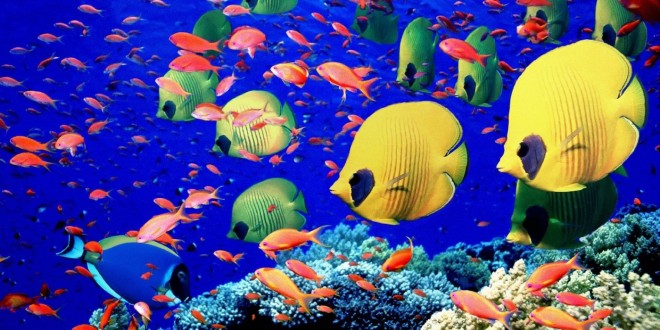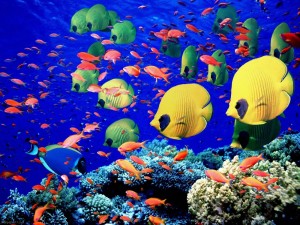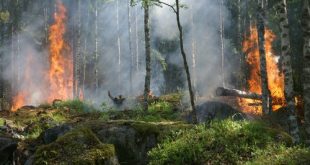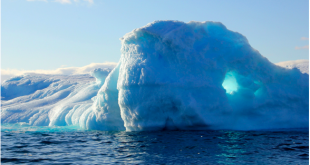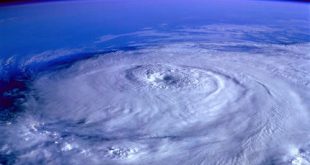Submitted by Eileen Guo
The Great Barrier Reef is home to thousands of plant and animal species. But in June of this year, United Nations Education, Scientific and Cultural Organization (UNESCO) threatened the Australian government that they were going to downgrade the Barrier Reef and put it on the World Heritage in Danger list. Natalie Simmonds is a undergraduate researcher and she says that the change in the Barrier Reef is tremendous. She says that, “it’s one thing to see fish at your local aquarium, and admire their beauty, but it’s another thing when you go into their environment and ecosystem to experience the connection you can have with another species. You can’t emulate that. And to know that I can’t have that in maybe 25 years. ” Simmonds also states that the beauty of this reef is priceless. The Great Barrier Reef faces most of their threats from industries, especially farming. The water flows down from the mountains and onto the fields; the water will get filled with pesticides and other chemicals, and then will flow down into the reef.
Gerry Deguara is a sugarcane farmer and is improving his practices to help protect the reef. He says, “ The best way to keep the water clean is to balance everything out. ” For example, controlling traffic, he would cut his plants carefully, applying the nutrients in the right position, not cutting the fertilizing area when they don’t need to, and it’s working! Deguara and the reef are just one example of “ better choices can be good for business.” This just shows how a business can still be successful and make profit without destroying the habitats of others.
 Tempus Magazine By Students, For Students
Tempus Magazine By Students, For Students 